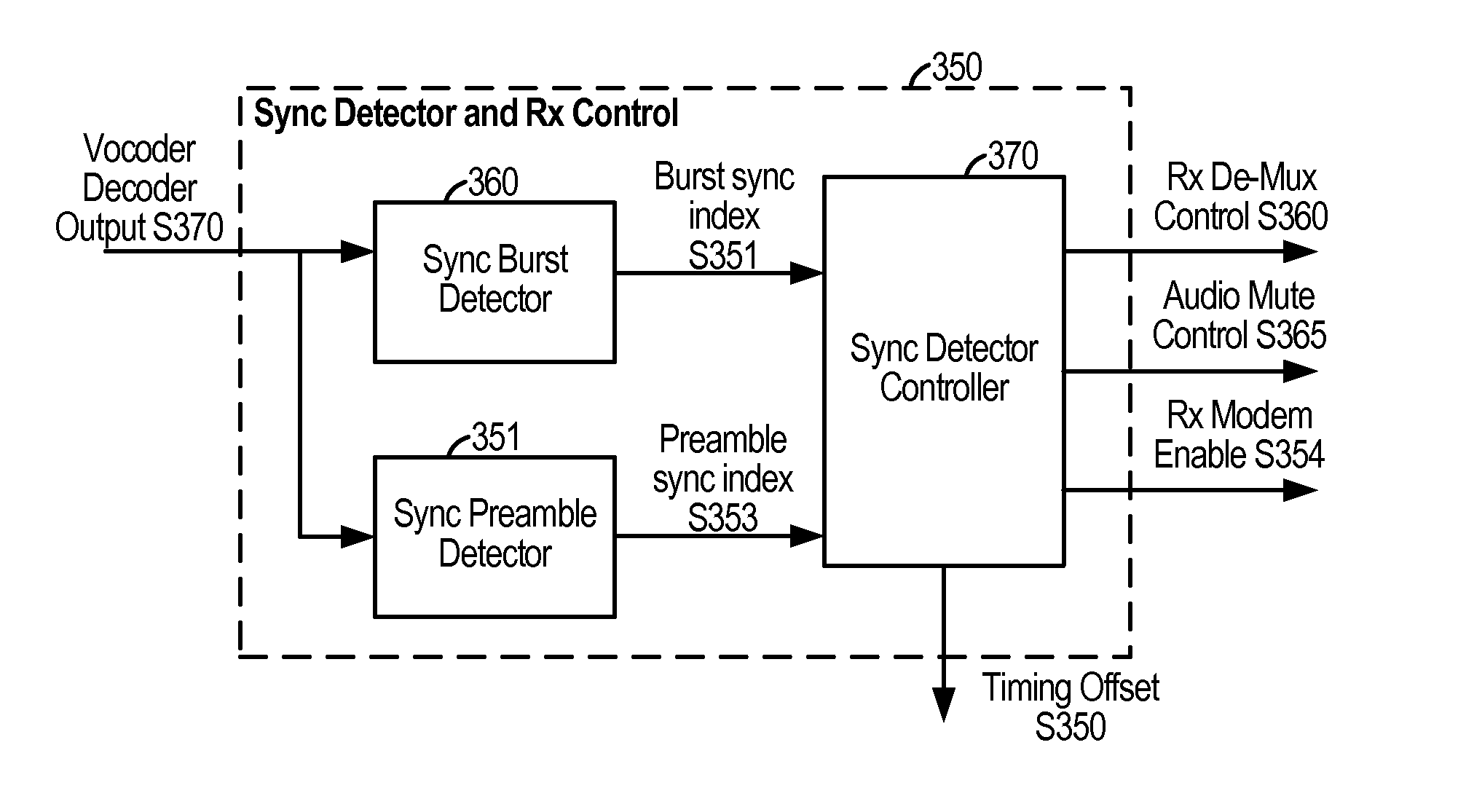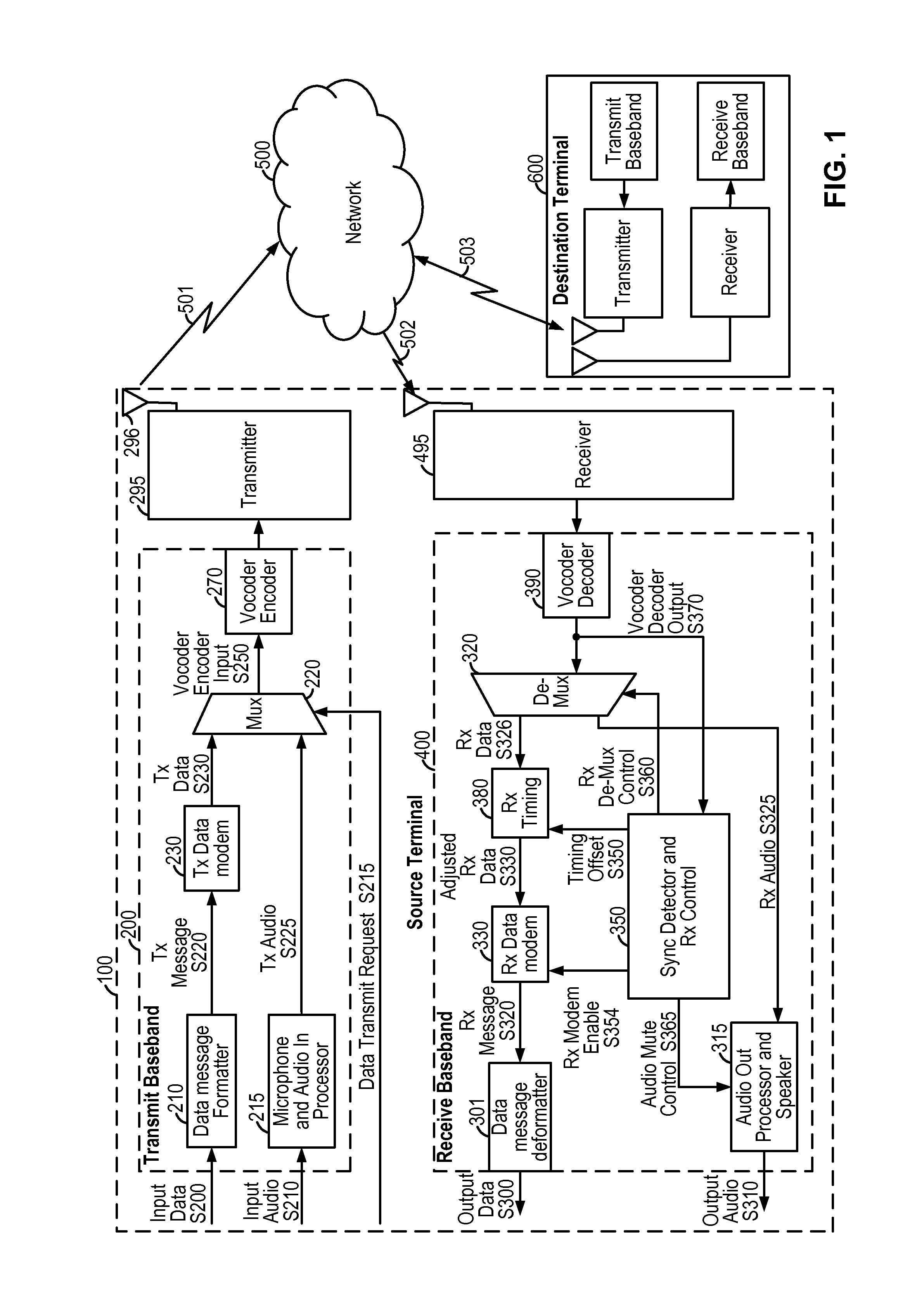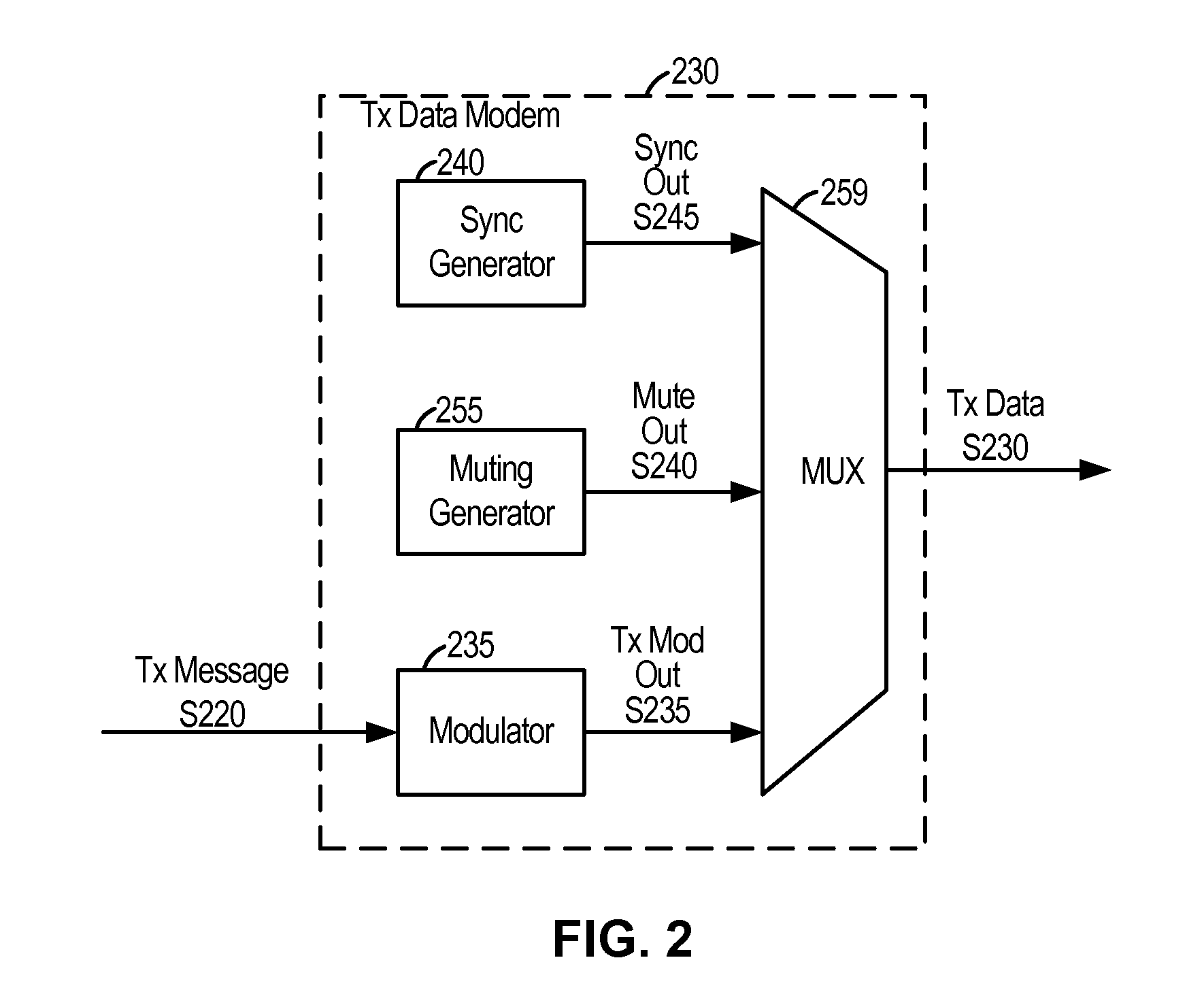System and method for sending a message type identifier through an in-band modem
a message type and in-band modem technology, applied in multiplex communication, synchronisation arrangement, instruments, etc., can solve the problems of fast data transfer, inability to meet the needs of users, and new applications being developed tend to outpace the evolution of the network, so as to achieve reliable transmission and receiving of non-speech information
- Summary
- Abstract
- Description
- Claims
- Application Information
AI Technical Summary
Benefits of technology
Problems solved by technology
Method used
Image
Examples
Embodiment Construction
[0061]FIG. 1 shows an embodiment of an in-band data communication system as might be implemented within a wireless source terminal 100. The source terminal 100 communicates with the destination terminal 600 through the communication channels 501 and 502, network 500, and communication channel 503. Examples of suitable wireless communication systems include cellular telephone systems operating in accordance with Global System for Mobile Communication (GSM), Third Generation Partnership Project Universal Mobile Telecommunication System (3GPP UMTS), Third Generation Partnership Project 2 Code Division Multiple Access (3GPP2 CDMA), Time Division Synchronous Code Division Multiple Access (TD-SCDMA), and Worldwide Interoperability for Microwave Access (WiMAX) standards. One skilled in the art will recognize that the techniques described herein may be equally applied to an in-band data communication system that does not involve a wireless channel. The communication network 500 includes any...
PUM
 Login to View More
Login to View More Abstract
Description
Claims
Application Information
 Login to View More
Login to View More - R&D
- Intellectual Property
- Life Sciences
- Materials
- Tech Scout
- Unparalleled Data Quality
- Higher Quality Content
- 60% Fewer Hallucinations
Browse by: Latest US Patents, China's latest patents, Technical Efficacy Thesaurus, Application Domain, Technology Topic, Popular Technical Reports.
© 2025 PatSnap. All rights reserved.Legal|Privacy policy|Modern Slavery Act Transparency Statement|Sitemap|About US| Contact US: help@patsnap.com



